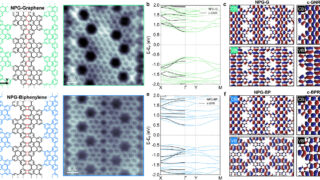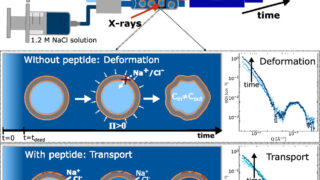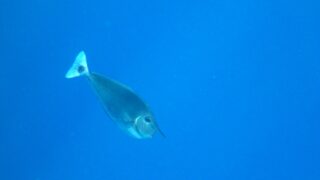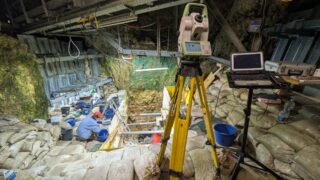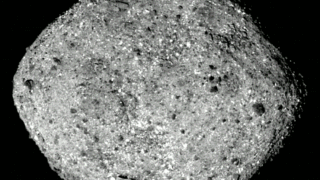
Hidden clay intensified 2011 Japan megaquake
The JTRACK international research expedition has uncovered new details as to why a 2011 earthquake northeast of Japan behaved so unusually as it lifted the seafloor and produced a tsunami that devastated coastal communities along with the Fukushima Daiichi nuclear power plant. Some of the first published data from the expedition finds that at the […]
